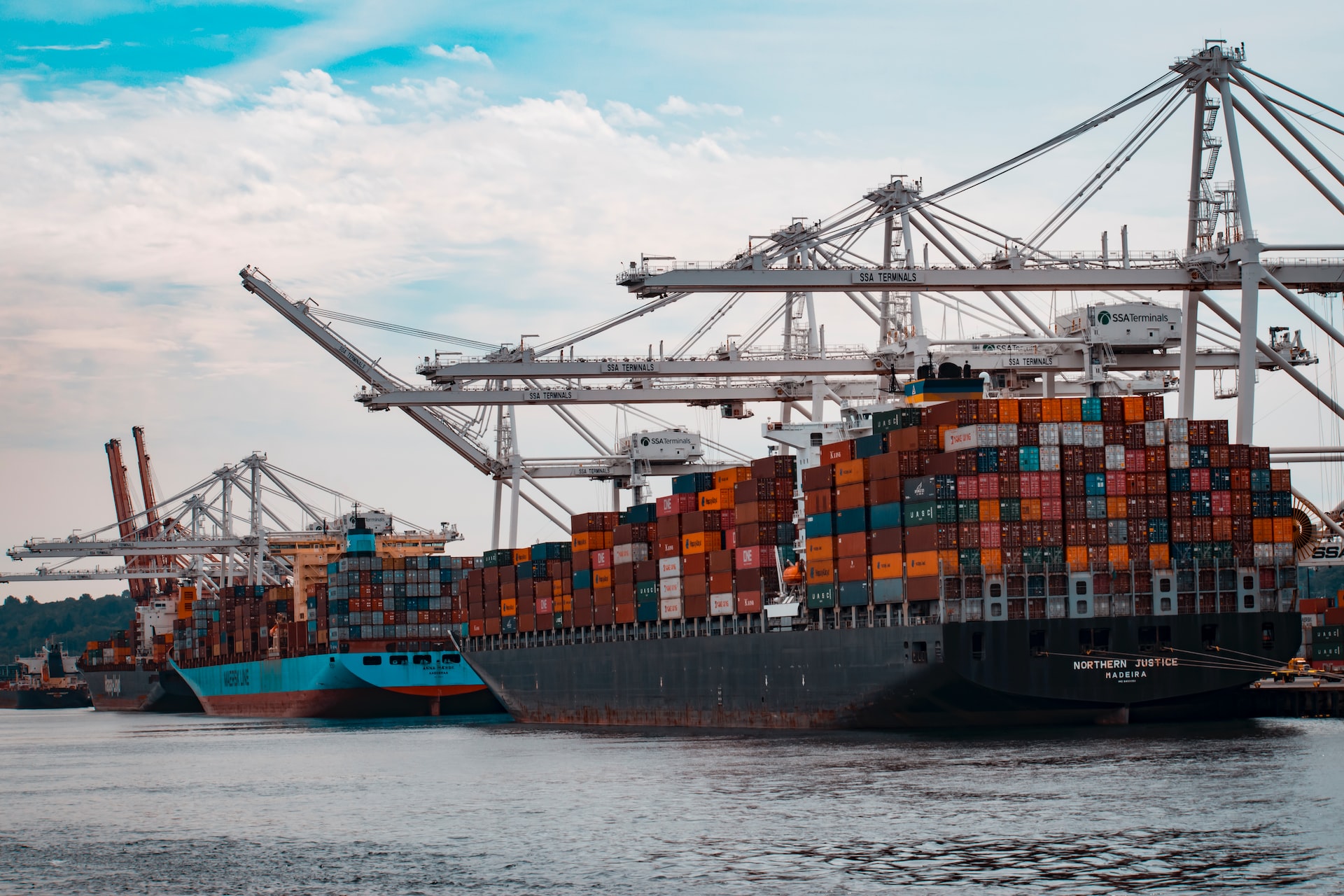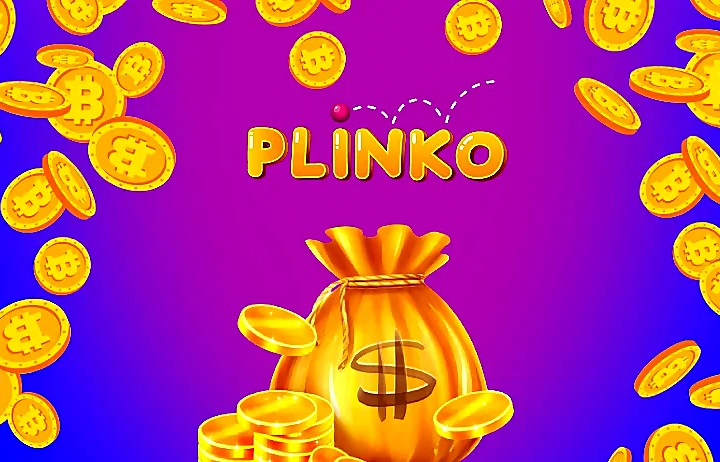Blockchain is a new kind of database in which transactions can be stored. That can be all kinds of transactions. In one case it could concern payments with a digital currency, in other cases it concerns important data that two parties exchange, such as contracts, diplomas or property deeds.
Central organization
Both cases have one thing in common. They become blocks of information that are digitally ‘signed’ by both parties. Without the intervention of a third party, they are stored directly in the database.
Most traditional databases are centrally organized. This means that there is one location where all data is stored. Data is therefore only created and altered in this location. This is different from Blockchain. On the Blockchain there is no central point, but there are several computers that all contain an exact copy of the database. Those computers are also called ‘nodes’.
Shipping database
At the moment, payments, administration and physical transport of containers are databases that often operate separately. So, why do many stakeholders in the shipping industry look to the Blockchain, or to be more precise: the technology we refer to as Blockchain?
Digitization makes it possible to link previously separate information flows regarding goods, documents and money flows much better. The digital availability of data can also make it possible for information to become available in real time to all parties in the chain. This makes track-and-trace possible to a much greater extent.
LCL and FCL
When containers are shipped, they can be divided into a category of LCL, which stands for Less than a container Load, and FCL, which stands for a Full Container Load. Transporters issue one so-called Bill of Lading for an FCL container, which is a document issued by a carrier to acknowledge receipt of cargo for shipment.
Going back to LCL shipment: in this approach a container is shared by multiple separate shipments, and each of these shipments require their own Bill of Lading! On top of that, this document is very often still issued on paper.
Digital Bill of Lading
In August 2018, the first-ever container processed with a new Blockchain technology was put to use successfully in the Port of Koper in Slovenia. The technology was used to issue the Bill of Lading for a container. According to the reports, this pilot is considered a success for all parties involved. It managed to reduce costs and improved safety greatly.
Considerations
What should not be forgotten is the fact that Blockchain is surrounded by a whirlwind of hype. Nowadays every industry feels a pressure to do ‘something’ on the Blockchain without always considering what problem it would solve, and more importantly how.
Who owns a platform
When Maersk and IBM rolled out their version of the Blockchain for the shipping industry in 2018, many other players were -and still are- wary to join their technology.
An important economic issue is the ownership of platforms. The introduction of Blockchain technology in the shipping sector takes place against the backdrop of the platform economy, in which powerful internet platforms such as Google, Amazon and Facebook have emerged over the past two decades.
By providing personal data, citizens and consumers have become increasingly transparent to companies that are themselves not transparent about the algorithms with which they collect our data. Partly because of this, logistics companies are wary of making exactly this naive mistake. They are fully aware how valuable their data can be to their competitors.
















